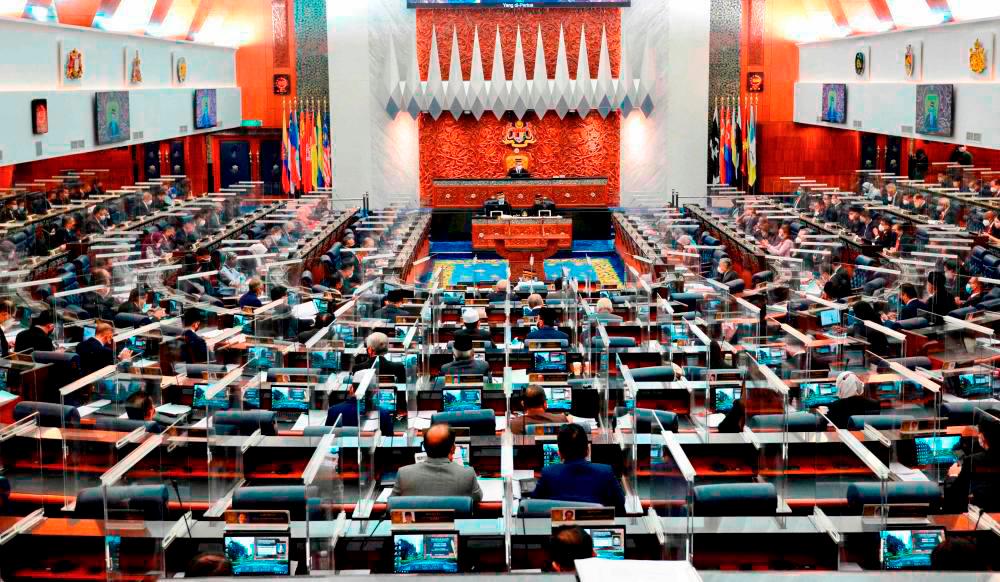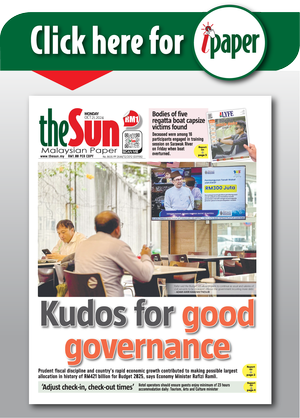KUALA LUMPUR: The government has outlined three long-term plans to mitigate potential traffic congestion that may result from the Johor-Singapore Special Economic Zone (JS-SEZ) development, according to the Economy Ministry.
It said among the plans is to increase clearance capacity and implement automated lanes in phases, subject to the needs and regulations of Malaysia and Singapore.
“Additionally, the government is also exploring commercially viable alternative transportation modes that meet regulatory requirements, such as safety and security, for each country.
“The government is also working to develop seamless connectivity by strengthening the local transportation network in Malaysia to support the JS-SEZ,“ the ministry said in a written answer on the Parliament’s website in response to Khairil Nizam Khirudin (PN-Jerantut) who asked whether public funds were being used to implement the JS-SEZ project and the government’s long-term plans to address potential traffic congestion arising from it.
Meanwhile, the ministry said the Malaysian government has established an RM5 billion facilitation fund (for infrastructure), part of which will be used to support the development of the JS-SEZ area.
“Considerations for the use of the fund are subject to government policies and priorities.
“The Singaporean government will introduce its form of financing support to facilitate the expansion of operations for Singaporean companies wishing to operate within the JS-SEZ area,” it said.
On Jan 7, Prime Minister Datuk Seri Anwar Ibrahim, along with Singapore’s Prime Minister Lawrence Wong, witnessed the exchange of a joint agreement between Malaysia and Singapore on the JS-SEZ.
The JS-SEZ covers the Iskandar development area, Forest City, Pengerang Integrated Petroleum Complex, and Desaru, with a land area of 357,128 hectares.
The Iskandar development region also includes Johor Bahru City Centre, Iskandar Puteri, Tanjung Pelepas-Tanjung Bin, Pasir Gudang, Senai-Skudai, and Sedenak.









